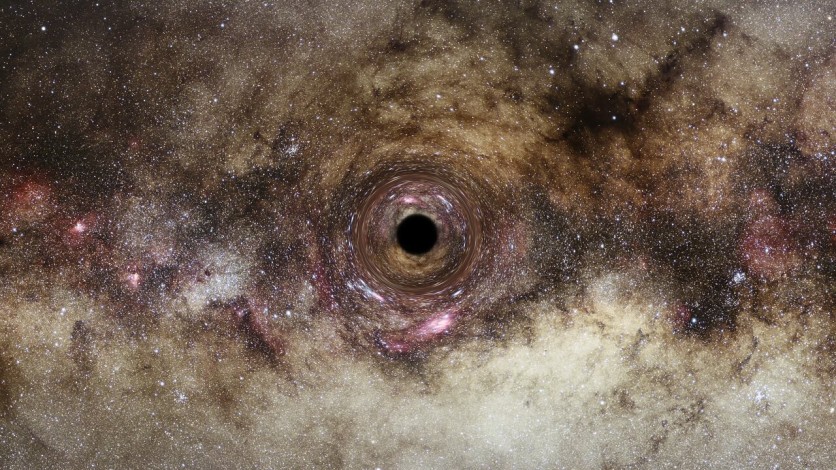Astronomers believe that there are a hundred million black holes lurking among the stars in our Milky Way galaxy, yet no lone black hole has ever been definitively found.

Not until NASA and ESA's Hubble Space Telescope discovered direct evidence of a lone black hole traveling through interstellar space by a precise mass assessment of the phantom object after six years of painstaking studies.
All black hole masses have previously been calculated statistically or by interactions in binary systems or galaxies' centers. This black hole is remarkable since it is normally seen with companion stars.
Measuring a Black Hole's Mass
The recently found roaming black hole is located in the Carina-Sagittarius spiral arm of our galaxy, which is located around 5,000 light-years away.
Astronomers believe that the closest isolated stellar-mass black hole to Earth could be as close as 80 light-years away, thanks to its discovery. Meanwhile, Proxima Centauri, the nearest star to our solar system, is around four light-years away.
Back in February, scientists detected a 270-day-long microlensing event named MOA-2011-BLG-191/OGLE-2011-BLG-0462, which they claimed likely occurred from an isolated black hole after combining Hubble observations with ground telescope data.
Black holes are formed out of rare and gigantic stars at least 20 times more massive than our Sun. These stars burst as supernovae, and gravity crushes the leftover core into a black hole.
It is worth noting that a telescope can't photograph a wayward black hole because it doesn't radiate any light. A black hole, on the other hand, warps space, deflecting and amplifying starlight.
The degree of deflection of the foreground star's image by the black hole was measured using Hubble.
The telescope possesses the extreme precision required for such observations. The star's image was roughly a milliarcsecond off from where it should have been. This is the same as determining the height of an average adult lying on the moon's surface from Earth.
The black hole's mass, velocity, and distance were also determined using this astrometric microlensing technique.
Read also : Astronomers Find Ultra-Rare Neutron Star Flaring Brilliantly in The Milky Way Using NICER
What Makes This Black Hole Different?
This isolated black hole is a special discovery for astronomers because it is almost impossible to detect black holes even though millions of them wander in space.
Particularly, the following are its striking characteristics:
1. It is a stellar black hole, which means that it was a result of a dead star.
2. It stands on its own without any accompanying objects.
3. Unlike other black holes, this recent discovery is not found in binary systems with neutron stars.
4. It is by far the rarest black hole.
It is worth noting that up to this point, most stellar-mass black holes discovered were accompanied by neutron stars as partners, and it took several years.
"We now know that isolated black holes exist," Kailash Sahu, an astrophysicist at the Space Telescope Science Institute in Baltimore, said in a statement with Space.com
"And they have masses similar to the black holes found in binaries. And there must be lots of them out there," he added.
Related Article : NASA Chandra X-Ray Telescope Snaps Galaxy Clusters Colliding in Space
This article is owned by Tech Times
Written by Joaquin Victor Tacla




